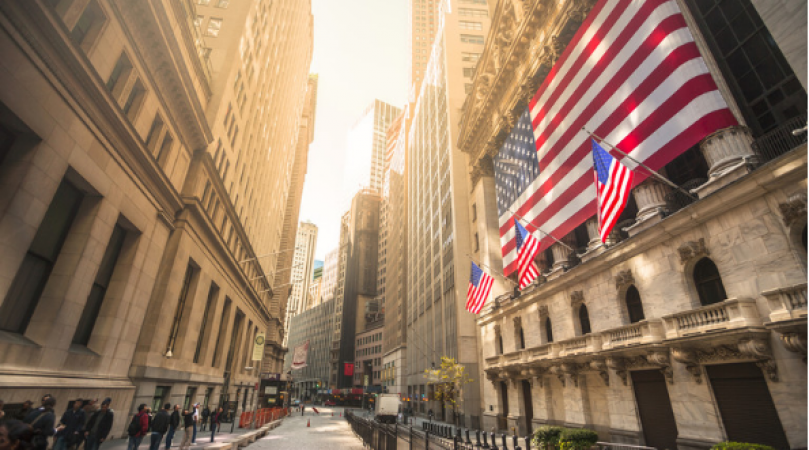
USA: Nearly 200 US banks are facing threats comparable to those caused by the Silicon Valley Bank (SVBcollapse) and bankruptcy, according to a paper published this week on the Social Science Research Network.
Regulators last week shut down SVB, a major US lender with a focus on the tech and startup industries, as a result of significant deposit outflows.
Four economists from renowned US universities calculated how much market value of US banks' holdings have been lost as a result of recent interest rate hikes for the study.
Also Read: India having well-regulated banking sector: RBI Governor
Raised the federal funds rate by 0.08% to 4.57% between March 7, 2022 and March 6, 2023. This increase was accompanied by quantitative stringency.
As a result, during the same time period, long-term assets saw significant value declines compared to those held on bank balance sheets, they wrote.
Many US banks invest a large portion of their excess cash in US Treasuries, despite the fact that higher interest rates can benefit them by enabling banks to lend at higher rates. This was done when interest rates were almost at zero.
Since investors can now easily buy newly issued bonds that offer higher interest rates, the value of these bonds has decreased significantly as a result of rate increases.
Since the securities have depreciated in value, but the loss is still "on paper", the decline in the banks' portfolios is not realized.
Also Read: Gold prices rise as the US banking crisis worsens
Problems arise when customers ask for their deposits back and banks are forced to sell their securities at a significant loss to reimburse customers. In extreme cases, this can result in bankruptcy of the bank or, as it did with Silicon Valley Bank, it can lead to a bank run.
The report's authors examined how much of US lenders' wealth comes from uninsured deposits, finding that the higher the share, the more vulnerable to bank runs.
For example, deposit outflows at SVB, where 92.5% of deposits were uninsured, led to the collapse of the bank in just two days. According to the study authors, 186 US banks do not have enough assets to cover all of their customers' debts, even though less than half of depositors choose to withdraw their funds.
"Our calculations show that, in the absence of additional government intervention or recapitalization, these banks are certainly at potential risk of a run.
The economist concluded that the recent decline in bank asset values "suggests that the fragility of the US banking system to uninsured depositors has increased very significantly," adding that the number of banks at risk is "considerable". may be higher if "uninsured" deposit withdrawals also result in short fire sales."
Also Read: largest economy in the Eurozone will not escape recession this year
The collapse of SVB had ramifications for the entire US banking sector and led to the closure of another lender, Signature Bank. Several other financial institutions also saw their shares decline, with the six largest Wall Street banks losing roughly $165 billion in market capitalization, or about 13% of their combined value.
As a result of the "rapidly deteriorating operating environment", ratings agency Moody's earlier this week raised its outlook for the US banking system to "negative" from "stable".